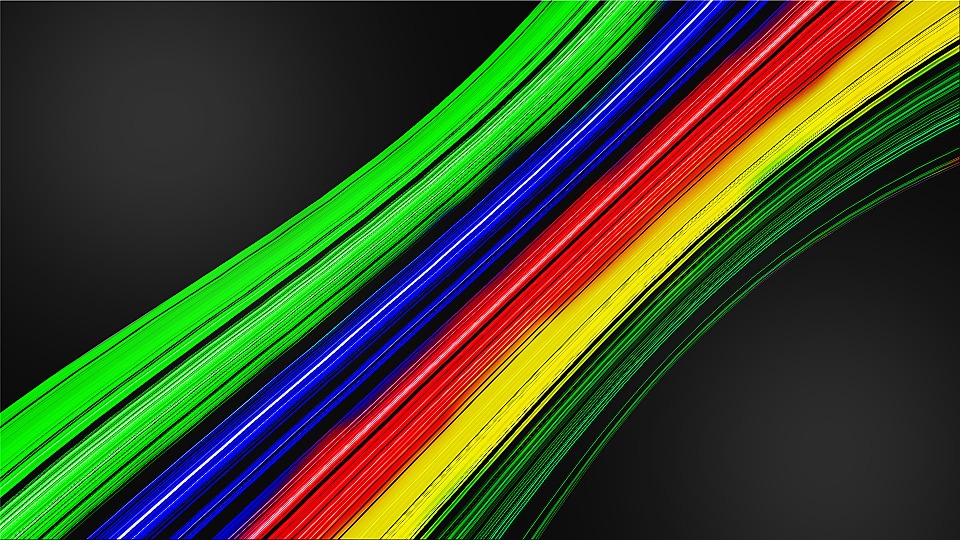The cable industry continues to evolve and implement new technology to improve data access for subscribers. The problem is how to scale the technology to make it affordable for both providers and customers.
In this post, we talk with Juan Bravo, vice president of sales for Antronix, about new technology and where the cable industry is heading.
Where is the cable and broadband industry going in terms of delivery technology, and what problems will this solve?
Overall, the cable and broadband industry is looking to solve the challenge of scalability when it comes to delivering throughput for data services more economically. Demand for data continues to increase as more households connect even more devices. The industry has technology for increasing data — DOCSIS 3.1 — but that hasn’t really solved the problem of scalability, or adding data channels without adding costs. Companies need to add capacity to increase data services in an economically viable way. Remote PHY will go a long way toward solving the challenge of scalability, but it doesn’t necessarily solve the longer-term challenge of delivering gigabit services on a wide scale.
Current solutions take a lot of real estate to house components and come with higher energy costs. Also, running fiber directly to homes is extremely expensive. Maintenance is another big issue providers are looking to solve. RPHY will significantly help to solve the space constraints by virtualizing part of the network and function of the central office.
How does this technology differ from what’s currently in use?
It is additive technology and helps solve the scalability problem of DOCSIS, adding incremental data-rate performance by extending the available frequency range of cable networks for data delivery. Like RPHY, the eHFC technology is based on an optical Ethernet pipe and is one of the most cost-effective ways to deliver more bandwidth to the home. Our technology helps deliver the most effective bit-rate performance over hybrid fiber coax networks.
How will this technology be helpful in the current high-speed data environment?
Because the cost of delivering Optical Ethernet (no matter the standard) is far less than that of traditional DOCSIS, eHFC will allow cable operators to add capacity for their customers without significant modifications to the outside plant. This will allow wide-scale gigabit service that is economically viable and lower in cost.
For example, previously companies had subscriber groups of as many as 2,000 homes. In today’s environment of heavy data demand and more sophisticated technology, specifically reducing the node size, companies are moving toward more passive architectures that can support fewer subscribers per group — now an average of 64 homes. By adding Lancet nodes to the pole, companies can nearly double available bandwidth without dropping fiber to each home, making it more cost-effective.
How can companies deploy this in a cost-effective manner?
By interlacing optical taps as data demand dictates, cable operators can target high-demand subscribers with gigabit services without completely redesigning their networks or disrupting their current plant infrastructure. The Lancet series eHFC optical tap delivers an additional gigabit of net effective throughput per tap. For example: Using a 10G/1G xPON OLT adding an eHFC solution within the current architecture will allow operators to increase total throughput by 11 gigabits. That’s on top of the current offering through their DOCSIS systems, doubling their capacity to deliver to consumers.
How can this technology support or facilitate interoperability with other platforms?
The Lancet eHFC optical tap is designed to be compatible with tap plates already used in the network, meaning there is no disruption in the RF plant. The legacy DOCSIS system passes through the device. Any existing optical transport platform will function in any network or architecture.
The cable operator only has to provide access to the fiber network at the tap location. There is no need to run costly fiber directly to subscribers’ homes. Overall, eHFC is designed to maximize the coming and ongoing investments in various systems currently in use and do so in a cost-effective manner. This allows cable operators’ networks to remain viable well beyond the 10-gigabit limits of DOCSIS 3.1, and to provide a platform for many decades to come.
Juan Bravo is vice president at Antronix, the market-leading manufacturer and supplier of broadband equipment to the cable industry. He leads the company’s national sales and new market initiatives, and shares responsibility over product development programs.
